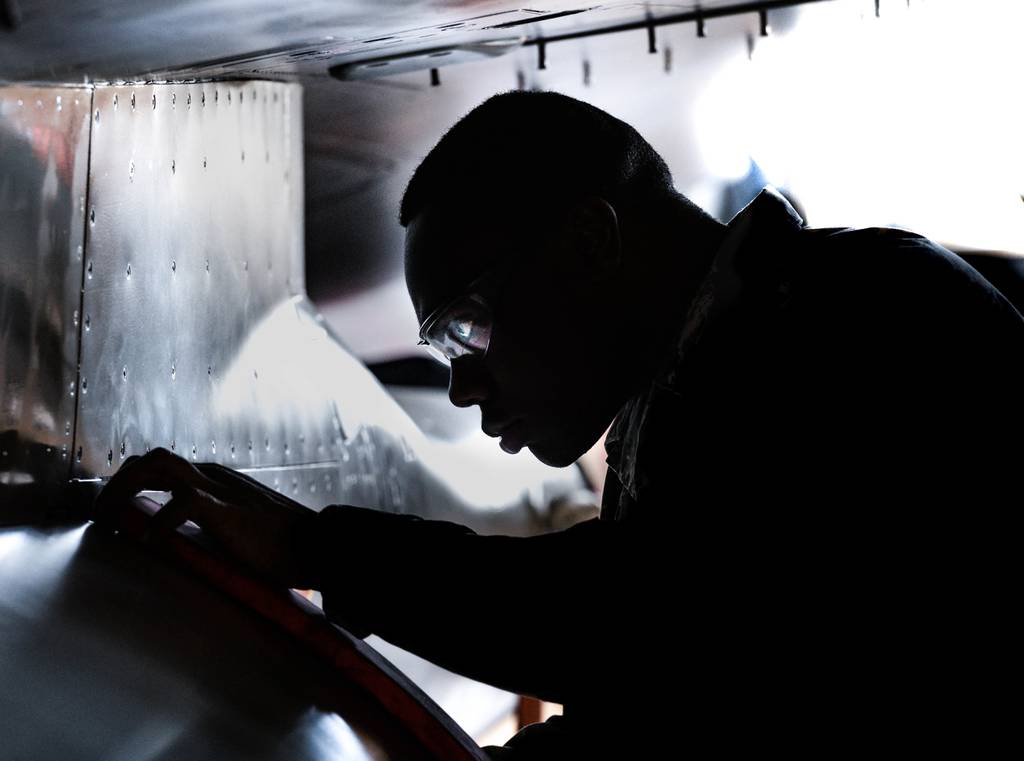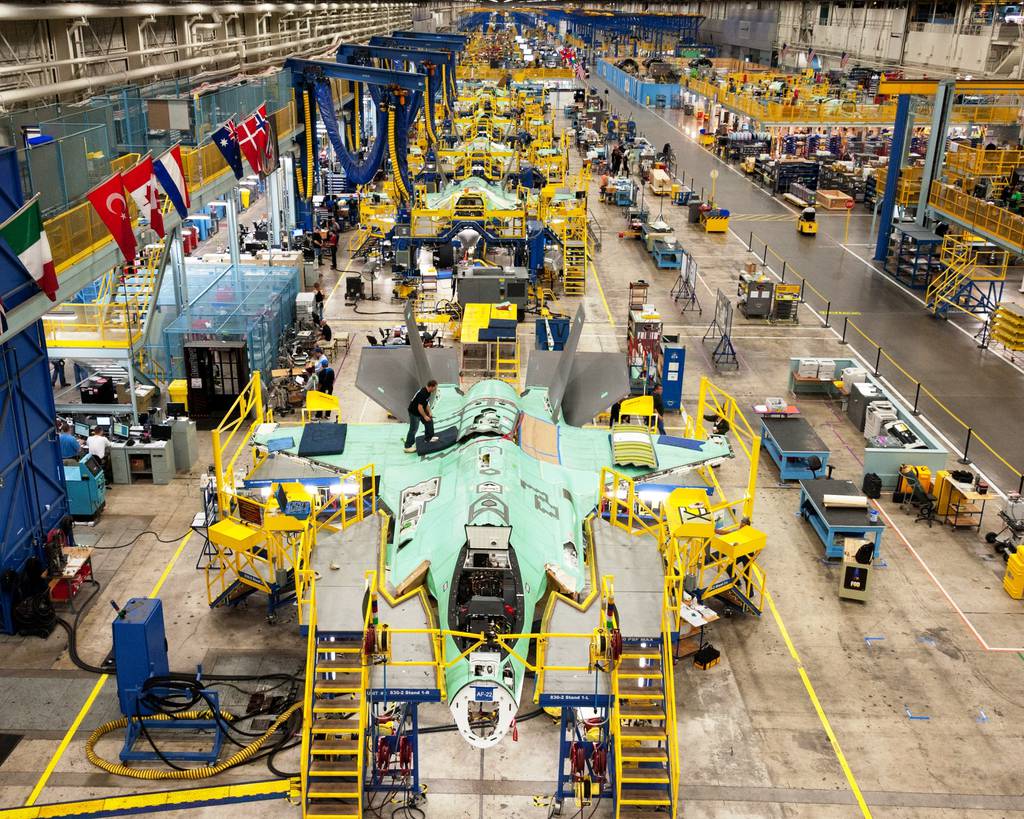ArrowFlyer86
Pattern Altitude
- Joined
- Jul 17, 2019
- Messages
- 1,571
- Location
- Chicago suburbs
- Display Name
Display name:
The Little Arrow That Could
Seems like a company has been manufacturing bunk parts for a popular jet engine and somehow selling them to commercial clients.
Apparently they were forging 'Authorized Release Certificates' in order to make the products conformant for the customers, when in fact how/where they were created and within what standards remains a total mystery. I guess that's one way to deal with supply shortages, or to appear you have magical inventory that no one else does, or to just undercut your competition. Just lie! Until someone discovers your company is a fraud (their company website no longer works: here).
I'm a little disappointed. I would have thought the procurement departments at airline companies and other mx shops would be sharp enough to avoid bogus parts? Guess not. Or maybe it's just a handful that got their parts through unscrupulous providers.
This is the first time I'm hearing about this in aviation, has this happened before with any frequency?
Read more:
EASA (EU Aviation Safety): EASA Release Link
BBG: Bloomberg News Link
Drive Drive news link
Apparently they were forging 'Authorized Release Certificates' in order to make the products conformant for the customers, when in fact how/where they were created and within what standards remains a total mystery. I guess that's one way to deal with supply shortages, or to appear you have magical inventory that no one else does, or to just undercut your competition. Just lie! Until someone discovers your company is a fraud (their company website no longer works: here).
I'm a little disappointed. I would have thought the procurement departments at airline companies and other mx shops would be sharp enough to avoid bogus parts? Guess not. Or maybe it's just a handful that got their parts through unscrupulous providers.
This is the first time I'm hearing about this in aviation, has this happened before with any frequency?
Read more:
EASA (EU Aviation Safety): EASA Release Link
BBG: Bloomberg News Link
Drive Drive news link









